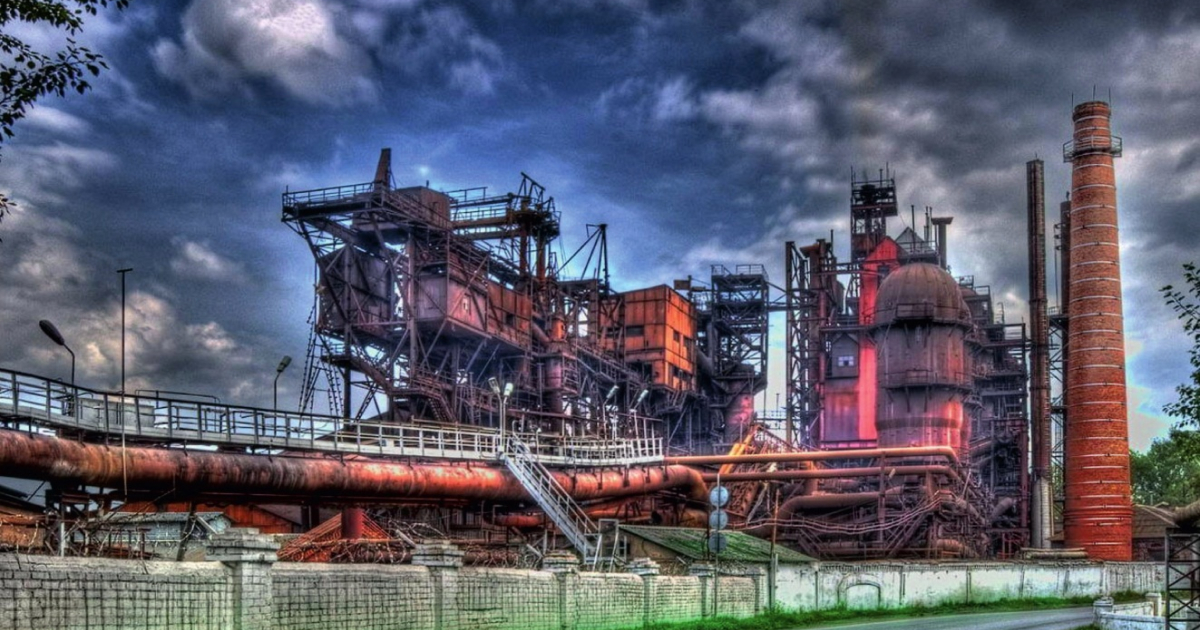Technology matrix
As for a multi-project baseline based on a standardised energy value for production process routes, there is
no technical reason to distinguish between countries or regions for baselines drawn up using the
technology matrix approach. A standardised energy consumption figure could be established for each piece
of equipment in a “standard” plant for each of the production routes examined.
The basic principle is the same as for the benchmarking approach: compare the SEC of the standard
technology with the alternative, lower GHG emission technology. The differences in SEC can then again
be “translated” to GHG emissions using country specific emission factors.
The possible standard configurations can be determined in the following ways:
1. Based on the configuration of the world-wide best-practice plant: The technologies that are used in
the plant performing with the lowest SEC in the world are taken as the reference technologies.
2. Based on inventory of all the technologies world-wide
: An overview of all technologies worldwide is made and penetration figures for each of the options are collected. Then, the modal
technology, i.e. the technology that is implemented most frequently, can be included in the
configuration of the standard.
3. Based on the implementation of technologies in each country: Although this requires a higher level
of disaggregation than that recommended in this report, it would enable national circumstances to
be taken into account. However, establishing a baseline would require data collection at a country
level in order to establish the modal technology.
COM/ENV/EPOC/IEA/SLT(2001)5
34
Figure 9: An illustration of the “graduated crediting” concept (e.g. for BF-BOF production)
World wide
Best Practice
World wide average
100% of the achieved emission
reduction will be credited
50% of the achieved emission
reduction will be credited
20% of the achieved emission
reduction will be credited
22
26
36
Specific Energy Consumption (GJ/tcs)
23
.4
Country average
“Average +”
Benchmark value
This is illustrated in Table 13. The estimated savings by adopting continuous casting in a plant using an
ingot caster are 2 GJ/tcs (Price et. al., 1999). A thin slab caster accounts for around an additional 0.4
GJ/tcs, derived from (De Beer et. al., 1999). Because strip casting is an advanced technology, the savings
are not exactly known. Additional savings compared to thin slab casting are indicated with X in Table 13.
The data are the amount of GJ that will be saved per ton crude steel. The first number gives the amount of
savings under a baseline based on world-wide best practice, the second is based on world-wide average,
the third is based on country average.
For the iron and steel sector, these matrices would have to be developed for different steps, including the
coke making process,
the sinter plant, pelletisation, the oxygen plant, the iron making step, the steel
making step, the casting process, the hot rolling mill and the cold rolling mill. Besides this, for the
technologies that cannot be attributed to one of these processes, like heat recovery where the heat is used in
another process step, another matrix would also need to be developed.
Developing a technology matrix may be difficult especially when technologies are included that do not
cause a large step change difference in performance, such as heat exchangers, adjustable speed drives, high
efficiency motors, etc. For these small technologies, it will be difficult to determine the accompanying
change in specific energy consumption by examining plant-specific energy consumption data. In addition,
the energy consumption of individual components (e.g. motors) is very much dependent on the amount of
time they are used. To estimate the energy conservation and consequent GHG mitigation that is achieved
by the implementation of energy efficient components, this amount of time also has to be estimated, as in a
technology matrix no direct measurements are included. The effect of implementation of these smaller kind
of technologies as a JI/CDM project is therefore almost impossible to monitor.


